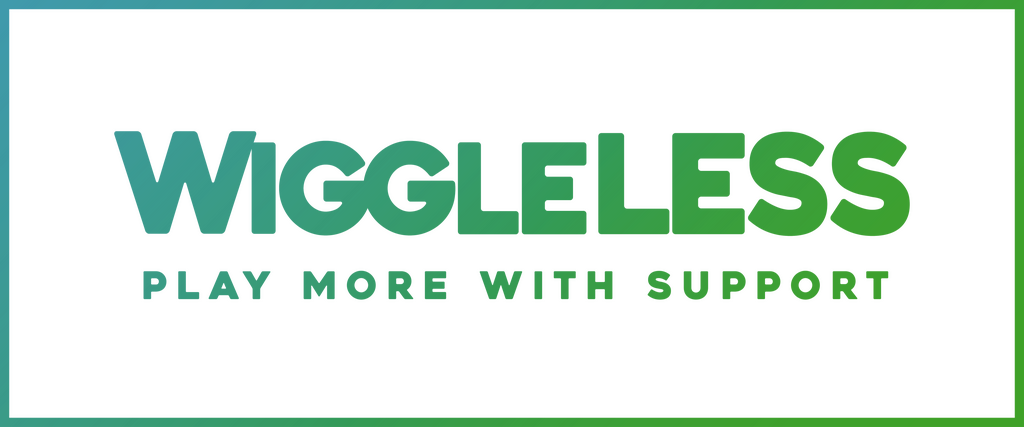
Embracing Change: Elevating Veterinary Patient Care
A Transformative Journey in Veterinary Medicine
In the ever-evolving landscape of veterinary medicine, the journey from the 1990s to the present has witnessed a remarkable transformation. Gone are the days when animals received minimal pain relief, and certifications like "Low-Stress Handling®" and "Fear Free" were rare. Over the last two decades, particularly in the realm of veterinary physical rehabilitation, significant strides have been made.
Advancements in Physical Rehabilitation
State-of-the-art specialty hospitals now boast comprehensive physical rehabilitation departments. These facilities offer a spectrum of services, including therapeutic exercise, custom bracing, and the application of physical agents such as therapeutic LASER and cryotherapy.
Innovations in Pain Management
Pain management has transcended conventional drug-based approaches, expanding to include innovative modalities like TENS, PEMF, shock wave therapy, acupuncture, and massage. The recognition of certifications such as "Low-Stress Handling®" and "Fear Free" is now commonplace among veterinary professionals.
Post-Treatment Quality of Life: A Critical Consideration
Despite these advancements, there remains a crucial aspect that demands attention — the post-treatment quality of life for our four-legged companions, particularly in the context of low-stress aftercare. The notorious "Elizabethan Collars," commonly known as "E-collars" or "Cones of Shame," stand out as a prominent concern.
Survey Insights: Decline in Quality of Life
A recent survey conducted by the Sydney School of Veterinary Science sheds light on a distressing decline in the quality of life for pets and their owners during the use of Elizabethan Collars. The study, encompassing 434 participants, revealed that 77.4% reported a significant deterioration in their companion animals' quality of life while the collar was in use. This decline was observed across various welfare domains, including nutrition, environment, health, behavior, and mental state. The findings underscore a critical issue that demands a reevaluation of practices in veterinary hospitals worldwide.
The Challenge of the "Cone of Shame"
Throughout my extensive career in veterinary physical rehabilitation, I have consistently employed positive reinforcement training techniques and embraced low-stress handling methods for my patients. Despite these efforts, a lingering concern arises from instances where I recommended, and at times, insisted on the use of cones for dogs in clinical settings.
Challenges Posed by the "Cone of Shame"
The "cone of shame" poses challenges that extend beyond physical discomfort, affecting nutrition, environment, health, behavior, and mental well-being. As professionals, it is our responsibility to explore alternatives, guiding clients through aftercare without resorting to the conventional cone.
A Call for Change: Medivet Products' Dog Cone Alternatives
Recognizing the need for change, Medivet Products presents a comprehensive array of alternatives to the "Cone of Shame." These alternatives, available at discounted prices on Ditch the Cone , offer a practical starting point for veterinary practices looking to enhance the well-being of their patients.
Navigating the Future of Veterinary Care
In conclusion, while we celebrate the advancements in veterinary medicine, the journey is far from over. The pursuit of elevating the post-treatment quality of life for our animal companions necessitates a collective effort to challenge conventional practices. Embracing change and exploring alternatives to the "Cone of Shame" will undoubtedly contribute to a future where our clients and their cherished pets experience enhanced happiness and health post-treatment. After all, that remains the ultimate goal of veterinary care.
References
“The Cone of Shame”: Welfare Implications of Elizabethan Collar Use on Dogs and Cats as Reported by their Owners Yustina Shenoda, Michael P. Ward, Dorothy McKeegan, and Anne Fawcett
